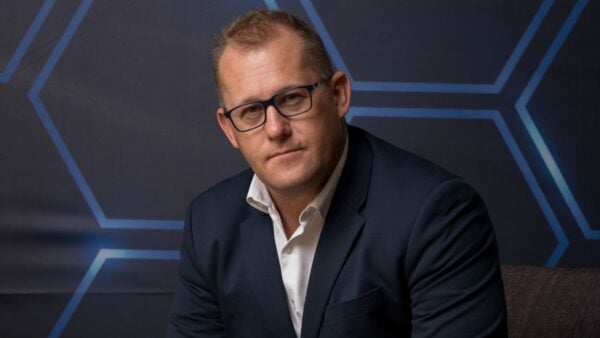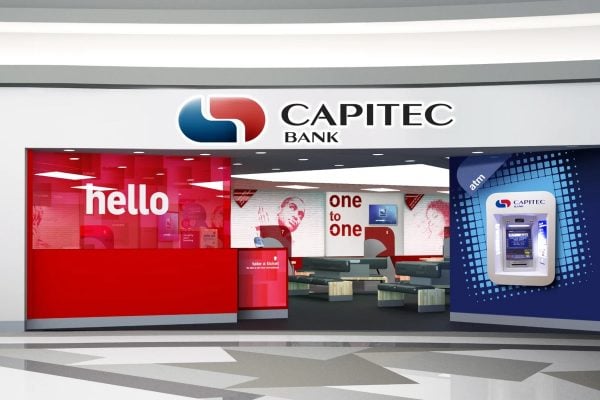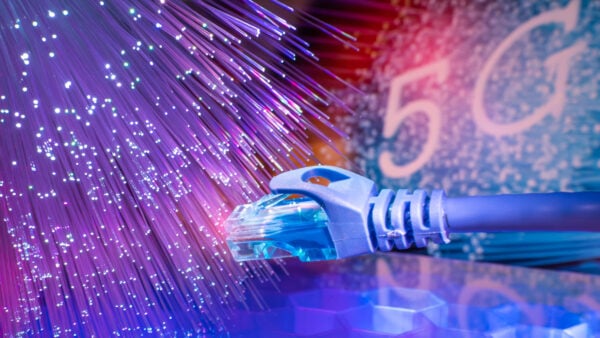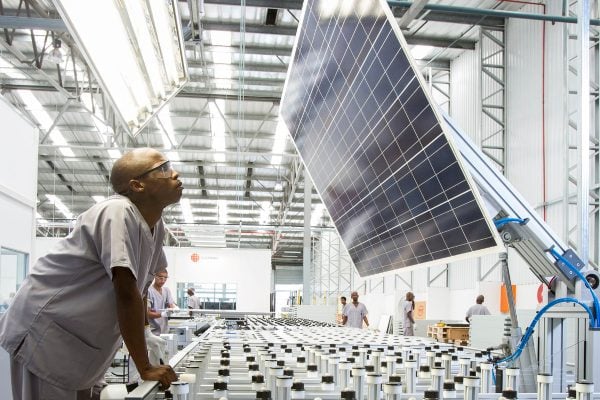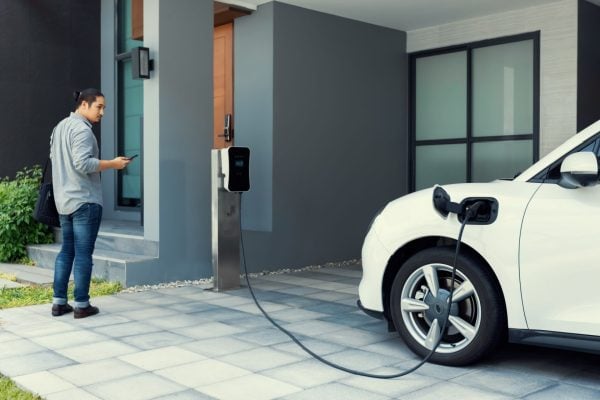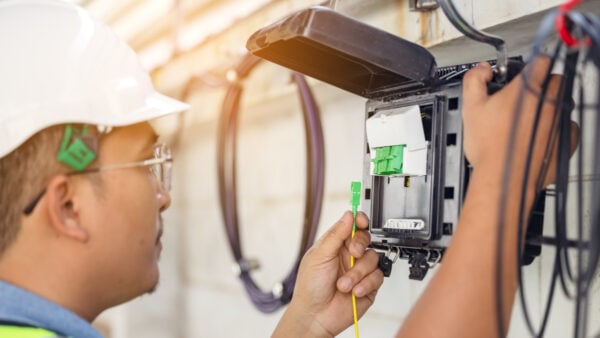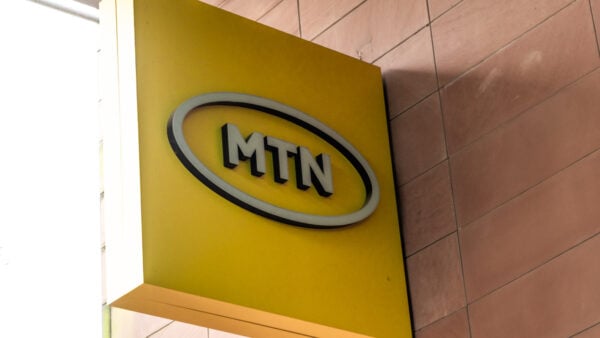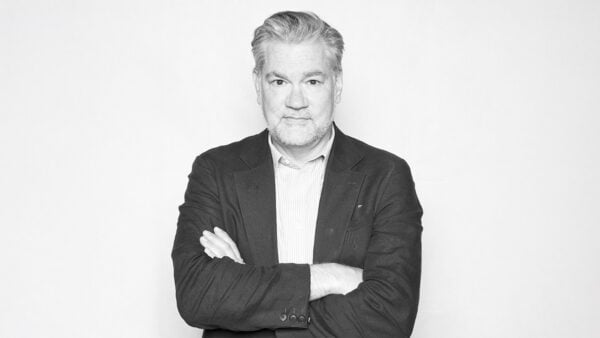South African data centre industry evolving
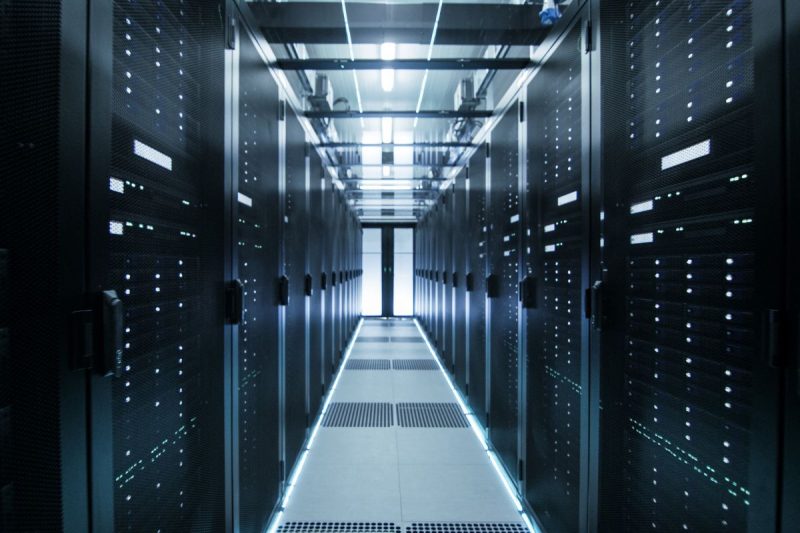
Teraco CEO Jan Hnizdo says the data centre industry is evolving as players face the need for sustainability, reducing their environmental impact, and meeting the demands of artificial intelligence (AI).
At the same time, they must also manage costs, efficiency, and resilience, ensure connectivity and network performance, and evolve data centre cooling technologies.
“The data centre industry is ramping up the adoption and development of sustainable practices to limit the industry’s impact on the environment,” said Hnizdo.
“This drive is encouraged by pressure from market regulators, investors, and clients. It is conducive to continuous innovation, epitomised by liquid cooling and using renewable energy to power data centres.”
As he mentioned, using renewable power sources to power data centre operations is part and parcel of improving sustainability and reducing environmental impact.
Hnizdo says Teraco is dedicated to sustainably and responsibly powering, protecting, connecting, and growing enterprises and ecosystems in Africa.
“Teraco’s protect, connect, grow strategy aligns our sustainability initiatives with the material issues impacting our business, clients, and communities,” he said.
“Our ambitions align with the seven United Nations Sustainable Development Goals (UN SDGs) that are the most important to our strategy.”
He added that Teraco will continue to drive its renewable energy goals by:
- Maximising rooftop solar coverage across all existing and newly-built facilities.
- Investing and engaging utility scale wheeled energy solutions from renewable energy sources.
- Evaluating and implementing alternative green energy offset mechanisms for our and our clients’ energy consumption.
“We have committed to powering our data centre colocation facilities with 50% renewable energy by 2027 and 100% by 2035,” said Hnizdo.
“We have also maximised our combined rooftop solar footprint across all our facilities, which equated to roughly 80,000MWh in energy savings by the end of 2023.”
With AI, and by extension, generative AI, poised to continue growing, data centre operators must ensure they can support the technology’s compute requirements.
AI puts pressure on data centres
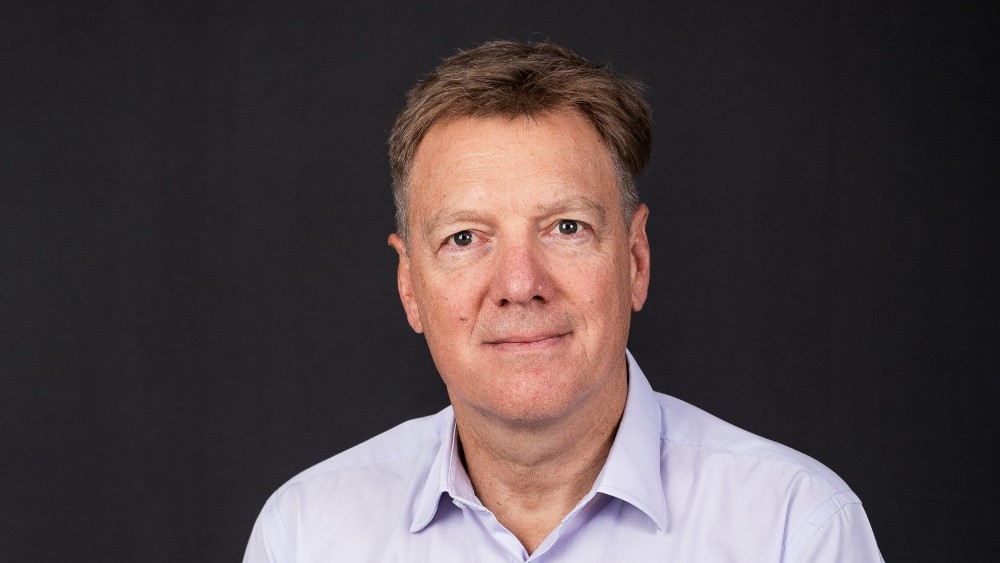
Citing research from Epoch AI, Hnizdo said AI compute intensity doubles every six to 10 months.
“While much focus has justifiably been placed on how AI will transform companies, careers, and communications, none of it is possible without the infrastructure built to meet the increasing demand,” he said.
He added that data centres and edge networks are critical for and enable AI applications.
“They do so by using high-performance computing (HPC) clusters that require considerable power and, as a result, generate a lot of heat,” said Hnizdo.
He added that the need for high-density cooling and power is emerging at a record rate.
“HPC has changed our world virtually overnight, and the world’s critical digital infrastructure is tasked with keeping place,” he said.
“Vertiv is among the companies focused on answering this challenge and leading by example, particularly where technology and sustainability intersect.”
Hnizdo said the power demands of typical data centre computer racks are expected to increase significantly from 5kW to 7kW today to 50kW or more in the not-too-distant future.
This could result in cooling challenges, highlighting the requirement for enhanced cooling technologies.
“As supercomputers continue to shrink and become more power-dense, our industry constantly thinks about how we keep them cool while concurrently tapping alternative power sources to support the increased energy demand,” said Hnizdo.
He said several approaches are emerging:
- Air cooling — rear-door heat exchangers, in conjunction with air cooling, can displace heat outside the servers.
- Immersion cooling — submerging servers and other components in a thermally conductive dielectric liquid or fluid.
- Direct-to-chip liquid cooling — delivers cooling liquid through cold plates laying atop the heat sources within the computers, drawing heat away when the liquid circulates.
However, a combination of these approaches may be required.
“Moving forward, data centres will need to tightly orchestrate liquid and air cooling (a hybrid strategy) to optimise the overall environment within the facility,” said Hnizdo.
“The data centre industry must continue to evolve to provide the cooling and power solutions needed to support evolving data centre challenges and maximise AI’s true potential.”


